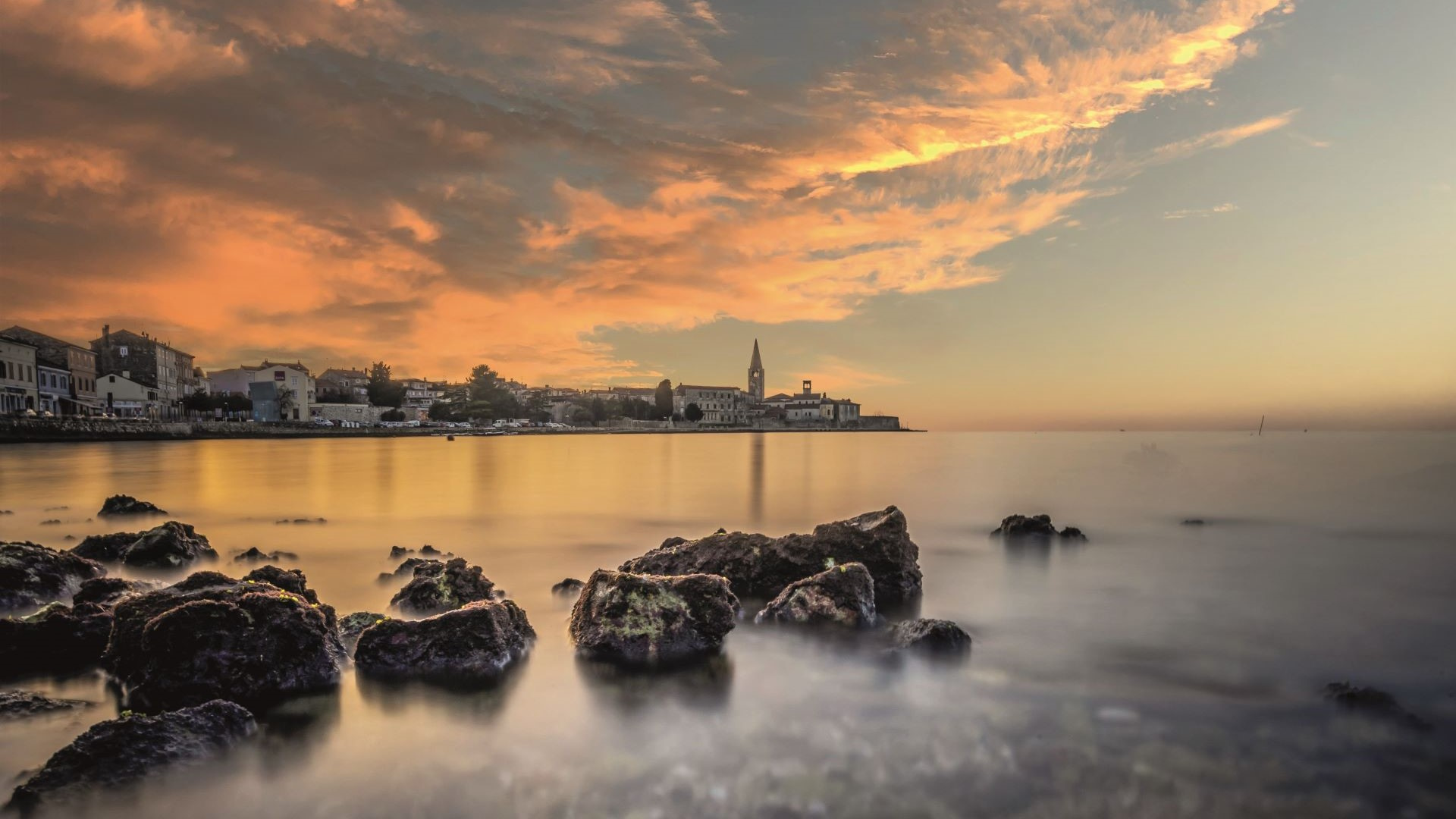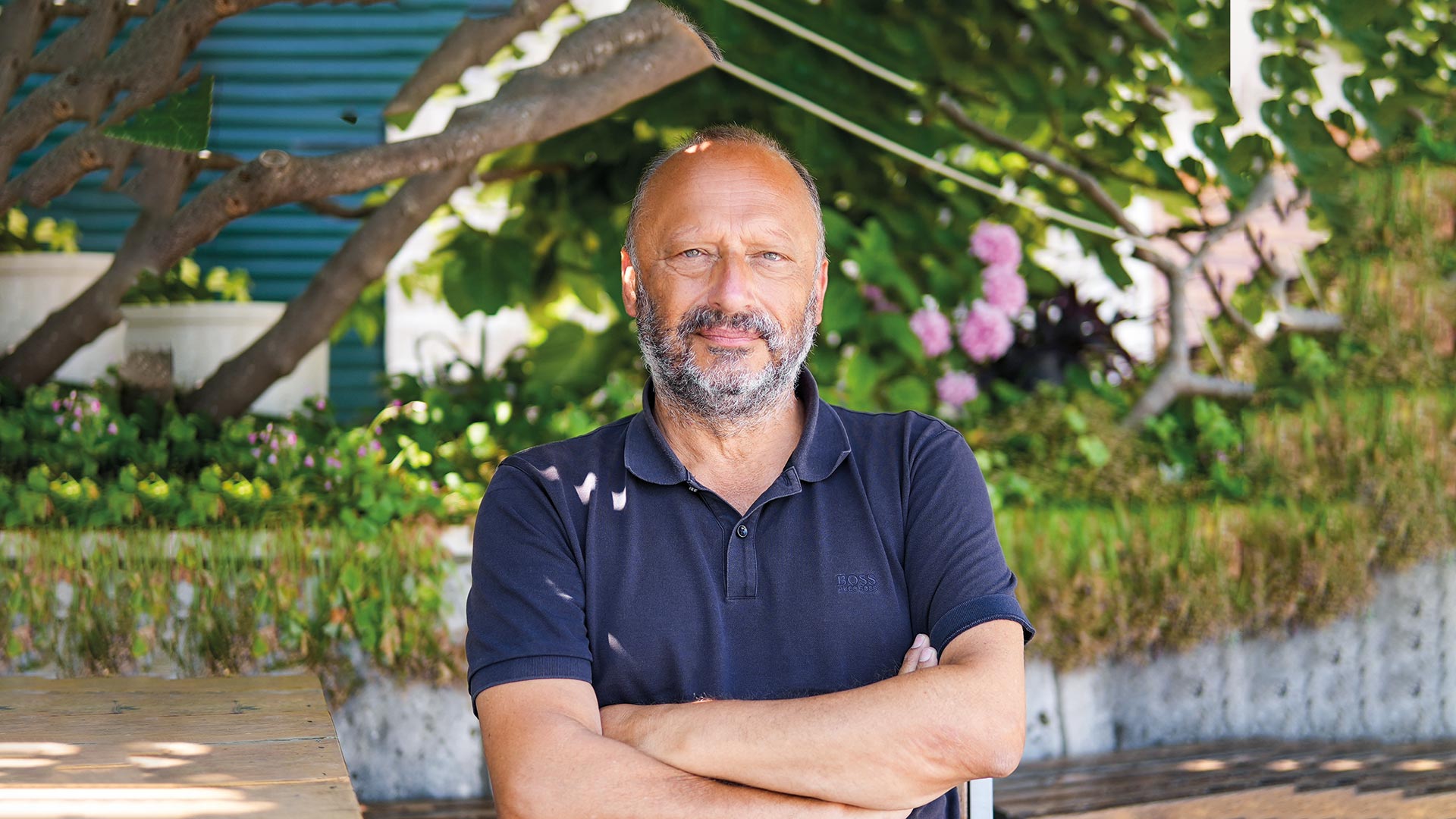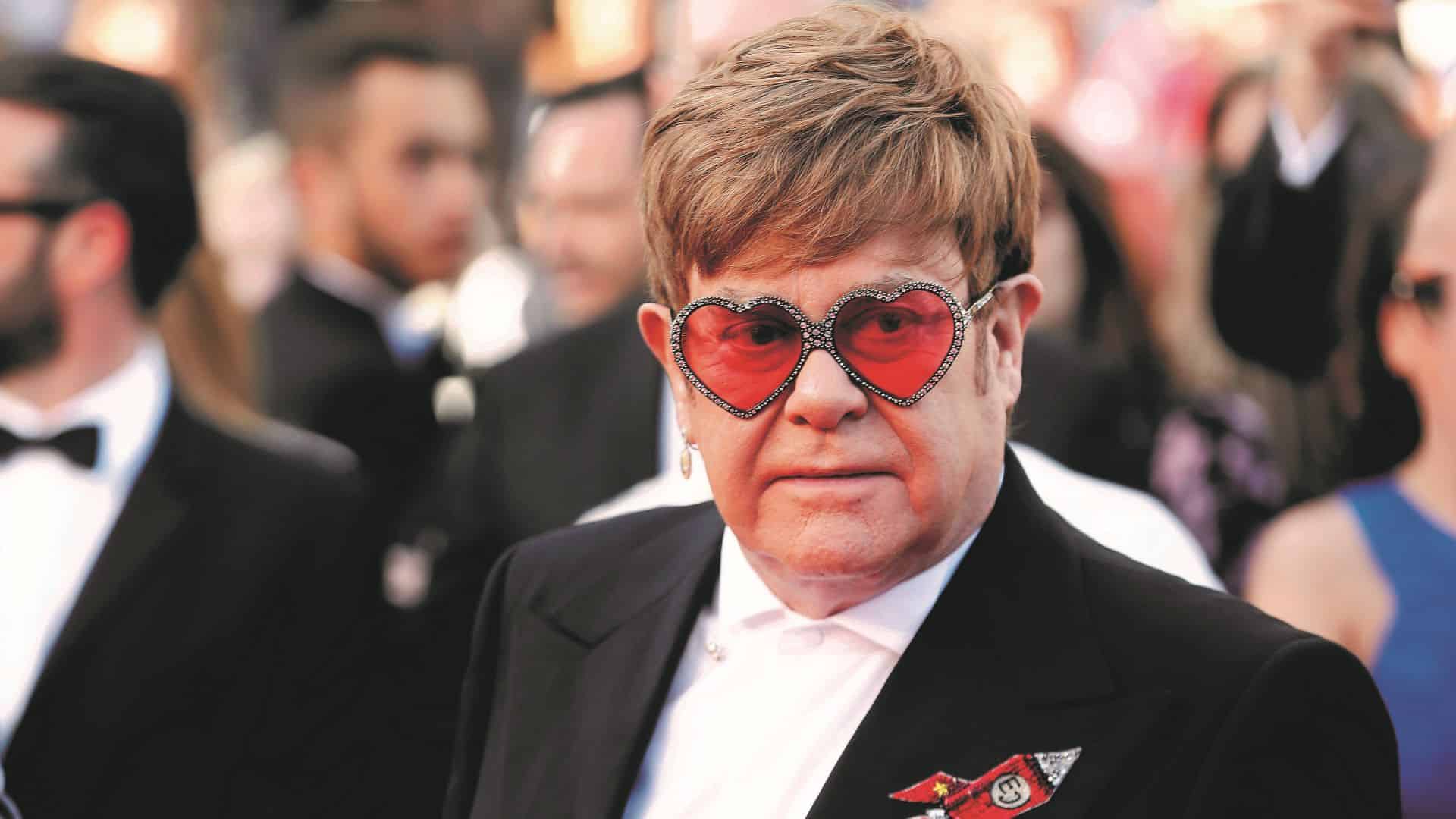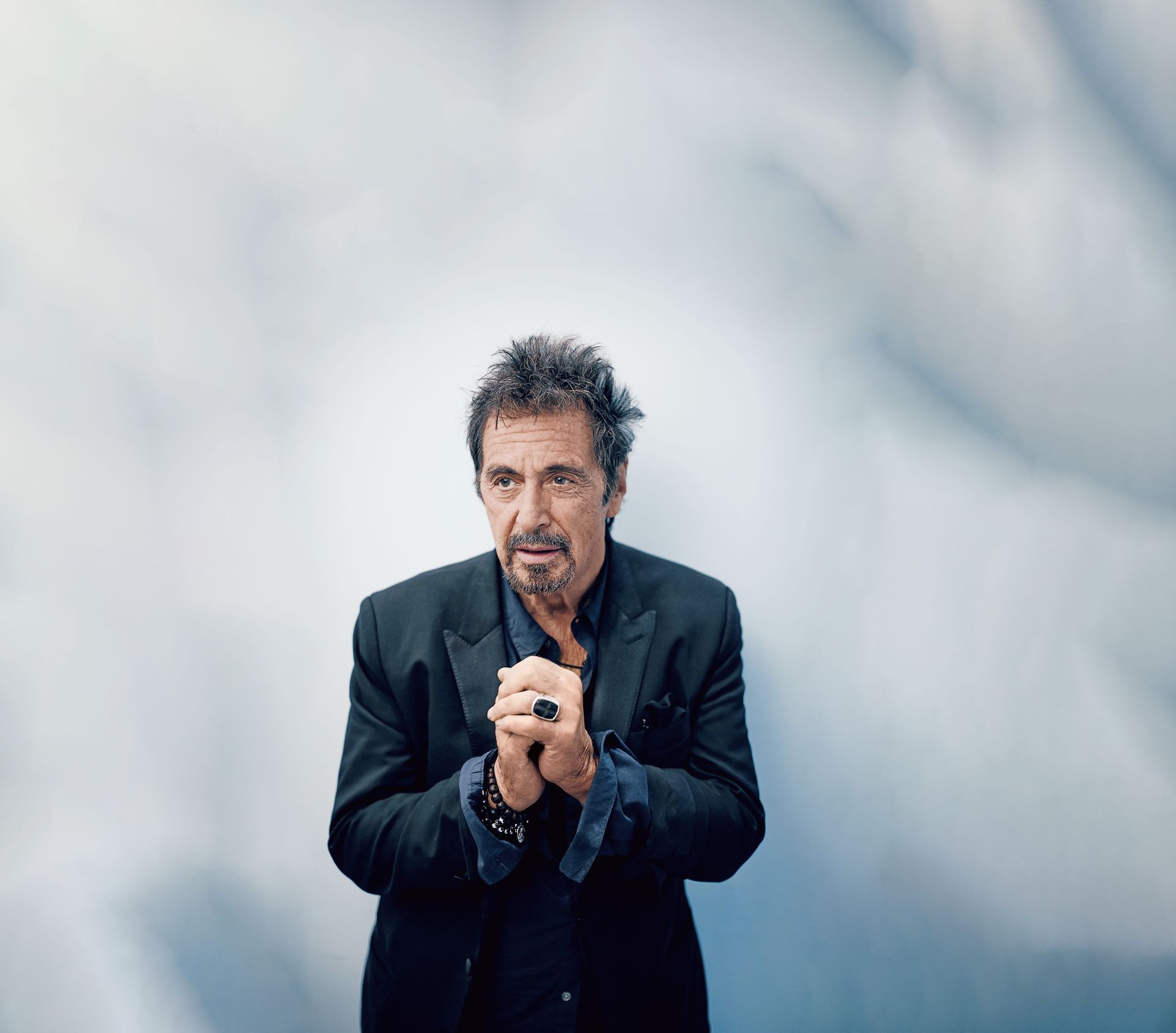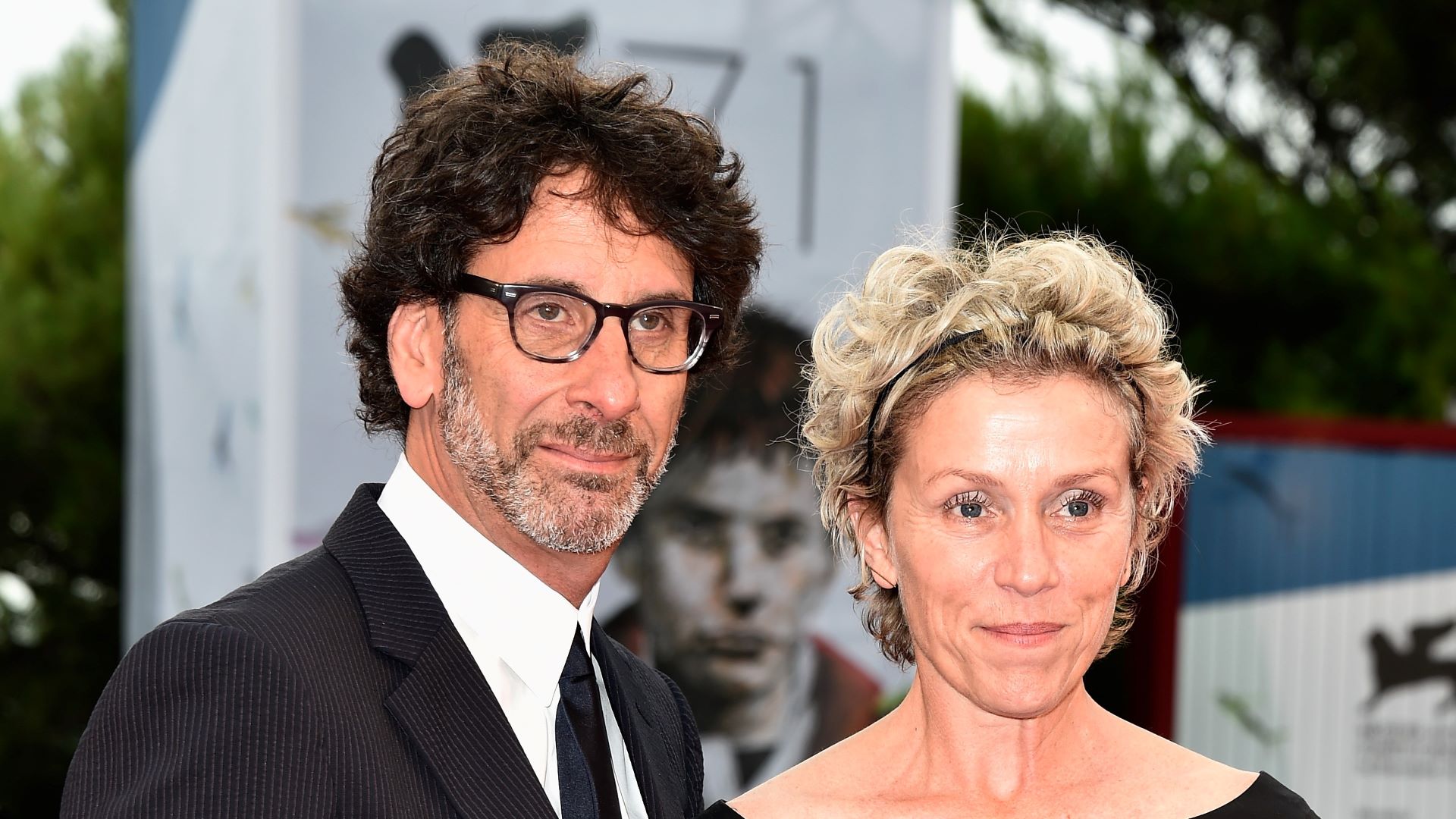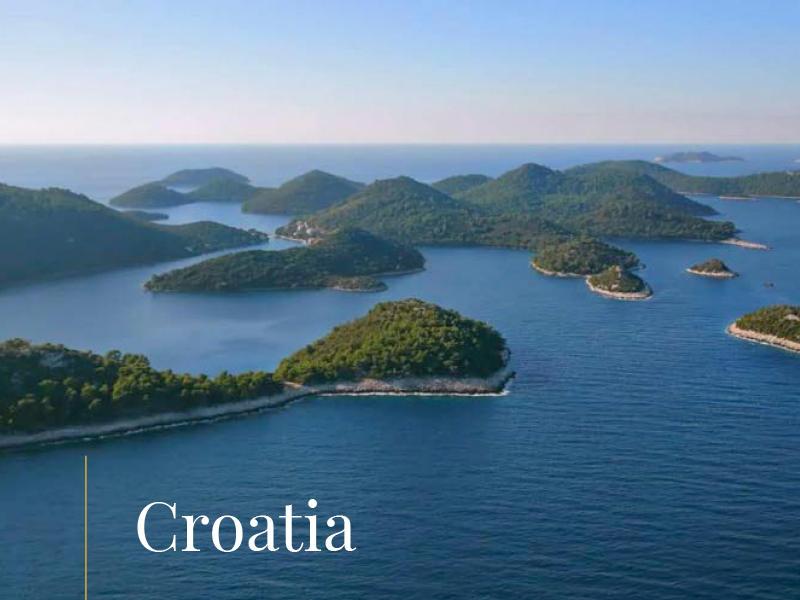Ernest Hemingway was a journalist, soldier, writer, drunk, fisherman, hero, fool and legend. He was the rock star of his day and revered by millions. Nobody could doubt that he had a great future ahead… except him
July 2, 1961, America’s most successful living writer – a Nobel Prize winner and war hero – blew his brains out with a shotgun. This act carried on a grizzly family tradition, which came down from his father and uncles and would eventually end the life of his granddaughter. Ernest Miller Hemingway, born July 21, 1899, was not only a great author, but as an icon of manliness and rebellion he strides like a colossus.
His reputation was that of a sportsman, big game fisherman and hero. But the truth is that he was actually rather frail in his personality. He was a complicated man who failed in love and was victim of alcoholism, depression and a plethora of medical injuries. In many ways Hemingway lived behind his own shadow. Even though he was fantastically brave and sporty, he continually made up stories about himself. William Walton, a psychiatrist who knew him, states that ‘he was a classic manic-depressive his whole life.’ There’s also some evidence that his behaviour hinted at a bi-polar personality. He was described as ‘committing self damaging acts, spending sprees, sex, gambling and drinking, three divorces and difficulty in retaining friendships’.
Ernest Hemingway in the army
The Hemingway of the early Paris years was a tall, handsome, muscular, broad-shouldered, brown-eyed, rosy-cheeked, square-jawed, soft-voiced young man. Later he suffered from severe headaches, high blood pressure, weight problems, and eventually diabetes – much of which was the result of previous accidents and many years of heavy drinking. In his novel A Farewell to Arms, Hemingway writes, ‘the world breaks everyone and afterward many are strong in the broken places. But those that will not break it kills. It kills the very good and the very gentle and the very brave impartially. If you are none of these you can be sure it will kill you too but there will be no special hurry.’
Were it not for a defective left eye inherited from his mother, Hemingway would have joined the army and probably become a career soldier. At the age of 18 he tried to enlist, but was deferred because of poor vision. Desperate to join the war, he responded to an advert from the Red Cross and served in Fossalta di Piave. He was almost instantly seriously wounded by mortar fire, having just returned from the canteen to deliver chocolate and cigarettes to the men at the front line. Despite his wounds, Hemingway carried an Italian soldier to safety, for which he received the Italian Silver Medal of Bravery.
Hemingway’s life is a tremendous paradox. It is tempting to dwell on the sadness and depressing parts of his life. He was always trying but failed to gain the approval of his mother, Grace Hall, a strict religious but ultimately cold human being. When she died in 1951 Hemingway refused to go to her funeral
Author and friend, Peter Buckley gives a chilling description of the moment, ‘His own blood mixed with the blood which poured from the man on his shoulder, until Ernest was covered in red. He was close to death.’ He sustained severe shrapnel wounds to both legs, and underwent an immediate operation before he was transferred for recuperation to the Red Cross hospital in Milan. While recuperating he fell in love for the first time of his life with Agnes von Kurowsky, a Red Cross nurse seven years his senior. By the time of his release in January 1919, Agnes and Hemingway planned to marry almost immediately in America. But she became engaged to an Italian officer. Ernest Hemingway was devastated by Agnes’ rejection, and he followed a pattern of abandoning his wives before they abandoned him in future relationships. The good news though, is that this relationship would inspire his great novel A Farewell to Arms.
The dichotomy of his personality
His writing was largely autobiographical, terse and to the point. He started as a cub reporter for the Kansas City Star and relied on the Star’s style guide as a foundation for his writing: ‘Use short sentences. Use short first paragraphs. Use vigorous English. Be positive, not negative.’ Hemingway met F. Scott Fitzgerald in Paris in 1925, and the pair formed a friendship of admiration and hostility. Fitzgerald published The Great Gatsby the same year: Hemingway read it, liked it, and decided his next work had to be a novel. Later he would have doubts ‘I write one page of masterpiece to ninetyone pages of shit,’ Hemingway confided to Fitzgerald in 1934. ‘I try to put the shit in the wastebasket.’
Some critics have characterised Hemingway’s work as misogynistic and homophobic. Even the most ardent of his fans would agree that his heroines have a somewhat two-dimensional quality. He had a fantastic array of friends, from Picasso through to Fidel Castro, Joan Miro, Juan Gris, American poet Ezra Pound and Gertrude Stein. Another friend was Irish writer James Joyce, with whom Hemingway frequently embarked on ‘alcoholic sprees.’ On the other hand people often criticised his choice of companions, ‘A literary man, it seemed, must not have boxers, bartenders and bullfighters as friends,’ commented friend and author Peter Buckley. ‘Not only did Ernest have the wrong friends but he wrote about the wrong people: Indians and soldiers, whores and waiters.’ Two things that are not in doubt are Hemingway’s bravery and his inability to form stable relationships with women.
The dichotomy of his personality is illustrated by his friend Buckley, ‘How did people see Ernest? I tell you that some saw him as a bear, and others as a rabbit.’ Hemingway’s life is a tremendous paradox. It is tempting to dwell on the sadness and depressing parts of his life. He was always trying but failed to gain the approval of his mother, Grace Hall, a strict religious but ultimately cold human being. When she died in 1951 Hemingway refused to go to her funeral. He kept away from her in death just as he had in life. One of the finest descriptions of Hemingway – taken from Peter Buckley’s book is a joyous celebration. ‘Ernest was no longer a stranger: he shot well, he fished like an expert; he ate a lot, and he liked wine and whiskey. He had been wounded; he had almost died; he had been in love; he’d been called a hero; he swore; sometimes he made a lot of noise; he lied and he told the truth; and he wrote stories and wanted to write many more.’
It should be Hemingway himself who has the last word about his life ‘Every man’s life ends the same way. It is only the details of how he lived, and how he died, that distinguishes one man from another.’
Perhaps Hemingway’s most eventful year was 1954. In Africa, Ernest Hemingway was almost fatally injured in two successive plane crashes. He chartered a sightseeing flight over the Belgian Congo as a Christmas present to his fourth wife, Mary Welsh. On their way to photograph Murchison Falls from the air, the plane struck an abandoned utility pole and crash landed in heavy brush. Hemingway’s injuries included a head wound, while Mary broke two ribs. The next day, attempting to reach medical care in Entebbe, they boarded a second plane that exploded at take-off. Hemingway suffered burns and another concussion, this one serious enough to cause leaking of cerebral fluid. They eventually arrived in Entebbe to find reporters covering the story of Hemingway’s death.
He briefed the reporters and spent the next few weeks recuperating and reading his erroneous obituaries. The sadness of his own death was that Hemingway hated his father for committing suicide. He said it was cowardly and that he would never do it. And yet during his frequent bouts of depression he commented, ‘I’ll probably go the same way.’ According to Buckley, Hemingway was certainly a worrier. ‘He worried all the time, not just about losing his eyes and his mind, and losing his dog, but he worried about his money which was safe in the bank. He worried about government agents who had no reason to arrest him.’ A recent revelation confirms that this could well have been a contributing factor, previously dismissed as a paranoid delusion of the Nobel prize-winning writer.
Hemingway death
The author AE Hotchner commented in ‘Hemingway and His World’, that he believed that the FBI’s surveillance ‘substantially contributed to his anguish and his suicide.’ Ernest Hemingway was aware of his long surveillance by J Edgar Hoover’s FBI who were suspicious of his links with Cuba. This may have helped push him to the brink. Hotchner added that he had, ‘regretfully misjudged’ his friend’s fear of the organisation. Dr. Scott Earle arrived at the house within fifteen minutes of Hemingway’s death. Despite his finding that Hemingway had died of a self-inflicted wound to the head, the story told to the press was that the death had been ‘accidental’. Hemingway was a paradox and an enigma. At the points in his life when he was selling millions of books he was depressed.
As a writer he had the status and wealth of a rock star. He travelled constantly and was restless. He sought adventure and gained fame effortlessly. His life was lived in the glare of the public gaze. Buckley offers a final insight into this troubled man. ‘Wherever he went, Ernest felt his own pain and saw the pain of others. Ernest felt better after he put his pain into words, as if he had gotten something out which was cutting into him, but the pain always came back. Ernest never got rid of his first pain.’ It should be Hemingway himself who has the last word about his life ‘Every man’s life ends the same way. It is only the details of how he lived, and how he died, that distinguishes one man from another.’
Text Jonathan Savill
Photos Bettman/Corbis

